12.12.2022
Unique works of art from the forest:
Bonn. More and more people are attaching importance to sustainability and low resource consumption. One raw material that easily meets these requirements is veneer: it consists of wafer-thin cut wood from trees particularly suitable for veneer production. But in addition to pure nature, veneer can do much more. Depending on the veneer pattern, the fillet of the tree can be used to create real works of art, the likes of which cannot be found anywhere else on earth. Thus, it enchants the viewer with ease and draws, for example, the owner of a veneered furniture or otherwise veneered surface day after day in its lasting, extravagant spell.
Not all veneer surfaces are the same: The individuality of each veneer leaf, which has already grown in the tree, is joined by the skillful joining of the individual leaves to form a coherent overall picture. "The employees in the veneer industry who are involved in the planning and production of veneer surfaces in all conceivable sizes demonstrate not only craftsmanship but also artistic flair. The customer's request is one thing, but what emerges at the end of the manufacturing process never fails to impress clients from the furniture, automotive and flooring industries, among others, or in interior design," says the managing director of the Initiative Furnier + Natur (IFN) and long-time living analyst Ursula Geismann.
These essential joining methods make veneer an individual art Assembling or joining veneer into veneer patterns is done using a variety of techniques. In "toppling," veneers are selected and put together so that two sheets are mirror images of each other. This mirror-image look is particularly impressive when vividly grained veneers are processed. The term "single lap" is used to describe the folding apart of one of two veneer sheets lying on top of each other in the veneer stack around a longitudinal or transverse joint. In the same way, "double lumbering" involves folding every second of four veneer sheets lying on top of each other around a vertical and horizontal joint. This creates exciting veneer patterns with cross joints that can also run diagonally. Finally, "pushing" results in an overall calmer veneer appearance. In this process, the sheets lying on top of each other in the veneer stack are taken from the stack without being turned over and lined up against each other. The result is a repetition of the veneer structure without symmetry, leading to an overall classic, timeless look. Finally, the veneer sheets are glued and finely sanded. "This is followed by a surface treatment using stains, oiling, waxes or with the aid of varnishes and glazes. This enhances the natural wood grain," explains Geismann, concluding, "Once processed, the effect of veneer is so beautiful and unique that you want to hang it on your wall behind glass as a work of art. At the same time, it is part of nature, conserves resources, and it can enhance large surfaces with only minimal material consumption. A real all-rounder for nature-loving individualists." IFN/DS
Initiative Veneer + Nature (IFN)
The Initiative Furnier + Natur (IFN) e.V. was founded in 1996 by the German veneer industry and its partners. Today it is supported by European companies from the veneer industry, the trade and the veneer processing industry as well as trade associations of the wood industry. The aim of the association is to promote veneer as a natural all-rounder.
Further information on the subject of veneer at www.furnier.de or
facebook
linkedin
instagram
Fig. 1: Veneer in the raw state. Photo: IFN/D. Stoverock
Picture 2: The fillet of the tree during processing. Photo: IFN/Sarah Maier collection
Image 3: Large-scale work of art: veneer. Photo: IFN/europlac
Photo 4: Kitchen block from Rempp Küchen with fine larch veneer. Photo: IFN/Rempp Kitchens
Photo 5: Villa Karla in Topolcany, Slovakia, with walnut veneer tiles. Photo: IFN/europlac
December 12, 2022
Unique works of art from the forest:
How fascinating veneer pictures are created
Bonn. More and more people are attaching importance to sustainability and low resource consumption. One raw material that easily meets these requirements is veneer: it consists of wafer-thin cut wood from trees particularly suitable for veneer production. But in addition to pure nature, veneer can do much more. Depending on the veneer pattern, the fillet of the tree can be used to create real works of art, the likes of which cannot be found anywhere else on earth. Thus, it enchants the viewer with ease and draws, for example, the owner of a veneered furniture or otherwise veneered surface day after day in its lasting, extravagant spell.
Not all veneer surfaces are the same: The individuality of each veneer leaf, which has already grown in the tree, is joined by the skillful joining of the individual leaves to form a coherent overall picture. "The employees in the veneer industry who are involved in the planning and production of veneer surfaces in all conceivable sizes demonstrate not only craftsmanship but also artistic flair. The customer's request is one thing, but what emerges at the end of the manufacturing process never fails to impress clients from the furniture, automotive and flooring industries, among others, or in interior design," says the managing director of the Initiative Furnier + Natur (IFN) and long-time living analyst Ursula Geismann.
These essential joining methods make veneer an individual art Assembling or joining veneer into veneer patterns is done using a variety of techniques. In "toppling," veneers are selected and put together so that two sheets are mirror images of each other. This mirror-image look is particularly impressive when vividly grained veneers are processed. The term "single lap" is used to describe the folding apart of one of two veneer sheets lying on top of each other in the veneer stack around a longitudinal or transverse joint. In the same way, "double lumbering" involves folding every second of four veneer sheets lying on top of each other around a vertical and horizontal joint. This creates exciting veneer patterns with cross joints that can also run diagonally. Finally, "pushing" results in an overall calmer veneer appearance. In this process, the sheets lying on top of each other in the veneer stack are taken from the stack without being turned over and lined up against each other. The result is a repetition of the veneer structure without symmetry, leading to an overall classic, timeless look. Finally, the veneer sheets are glued and finely sanded. "This is followed by a surface treatment using stains, oiling, waxes or with the aid of varnishes and glazes. This enhances the natural wood grain," explains Geismann, concluding, "Once processed, the effect of veneer is so beautiful and unique that you want to hang it on your wall behind glass as a work of art. At the same time, it is part of nature, conserves resources, and it can enhance large surfaces with only minimal material consumption. A real all-rounder for nature-loving individualists." IFN/DS
Initiative Veneer + Nature (IFN)
The Initiative Furnier + Natur (IFN) e.V. was founded in 1996 by the German veneer industry and its partners. Today it is supported by European companies from the veneer industry, the trade and the veneer processing industry as well as trade associations of the wood industry. The aim of the association is to promote veneer as a natural all-rounder.
Further information on the subject of veneer at www.furnier.de or
Fig. 1: Veneer in the raw state. Photo: IFN/D. Stoverock
Picture 2: The fillet of the tree during processing. Photo: IFN/Sarah Maier collection
Image 3: Large-scale work of art: veneer. Photo: IFN/europlac
Photo 4: Kitchen block from Rempp Küchen with fine larch veneer. Photo: IFN/Rempp Kitchens
Photo 5: Villa Karla in Topolcany, Slovakia, with walnut veneer tiles. Photo: IFN/europlac
December 12, 2022
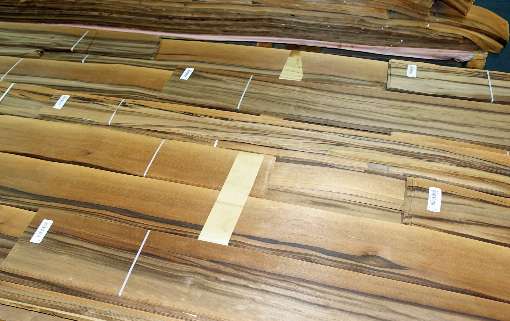
Fig. 1: Veneer in the raw state. Photo: IFN/D. Stoverock
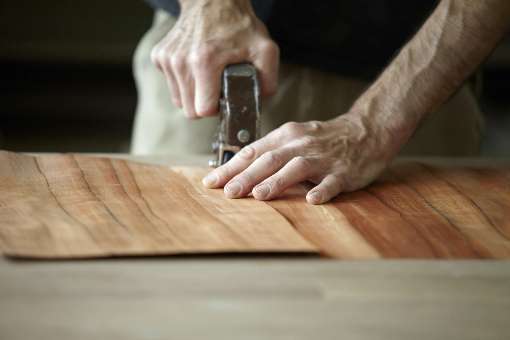
Picture 2: The fillet of the tree during processing. Photo: IFN/Sarah Maier collection
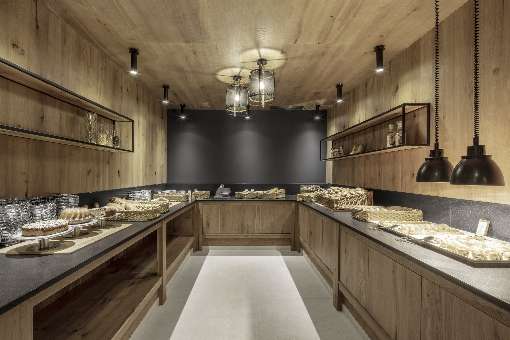
Image 3: Large-scale work of art: veneer. Photo: IFN/europlac
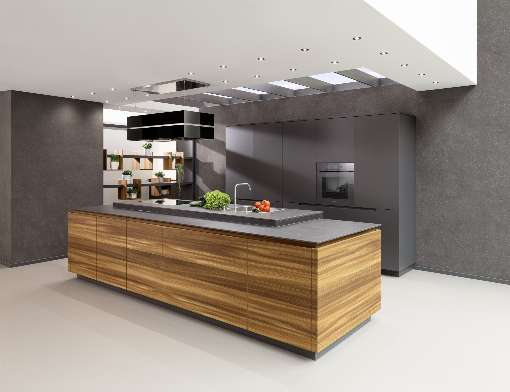
Photo 4: Kitchen block from Rempp Küchen with fine larch veneer. Photo: IFN/Rempp Kitchens
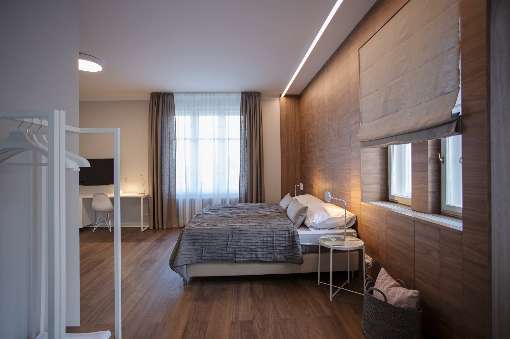
Photo 5: Villa Karla in Topolcany, Slovakia, with walnut veneer tiles. Photo: IFN/europlac